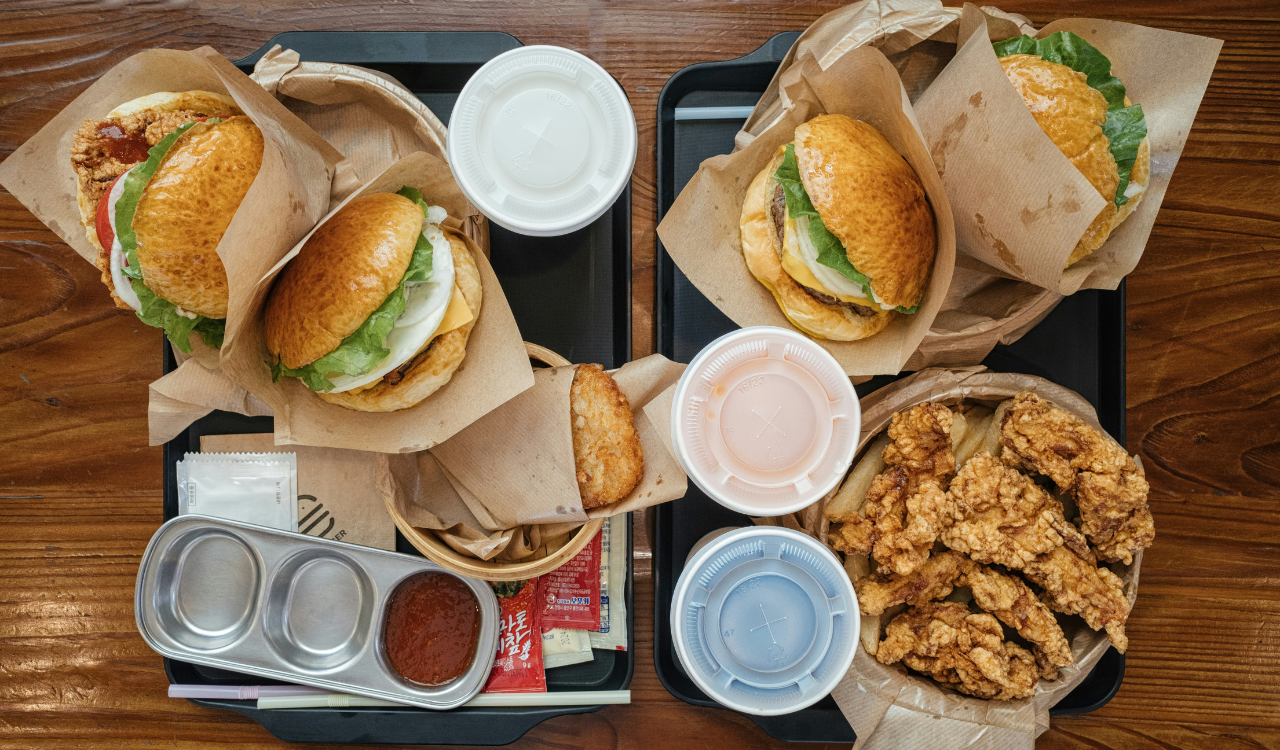9 Regional BBQ Sauces Mapped to Meat Cuts (What Locals Pair and Why)
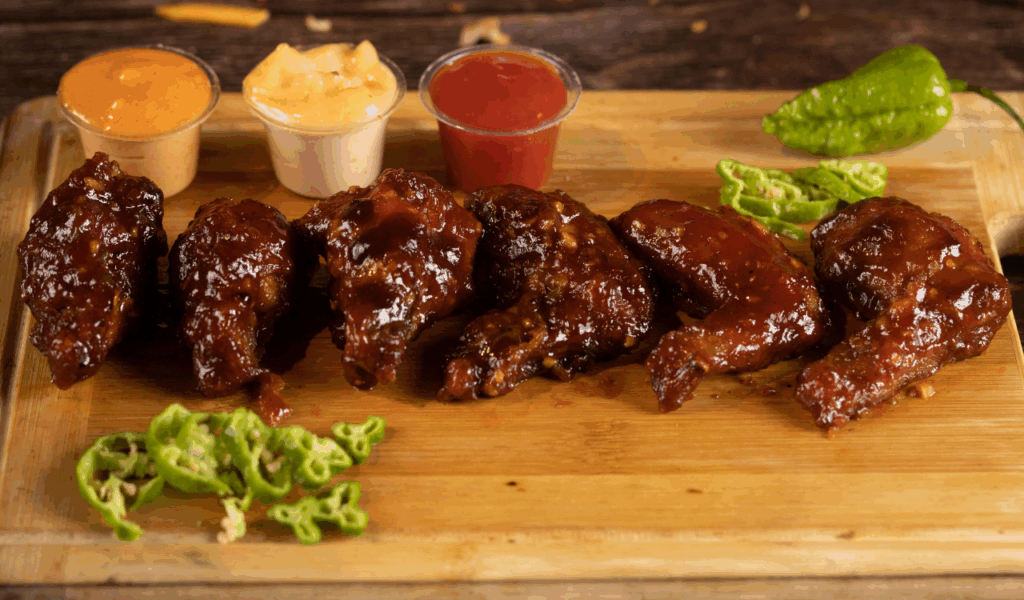
You’re in the perfect place if you enjoy BBQ and want to learn more about flavors. In this post, we’ll look at nine traditional barbecue sauces from different parts of the U.S. and show you which types of meat they go best with and why. You will learn a lot about how sauces and meats work together, regional traditions, and how to pick the perfect sauce for the cut, whether you are slathering it over ribs, brisket, chicken, or pork shoulder. Let’s get the grill going.
1. Kansas City-Style Sauce & Pork Ribs
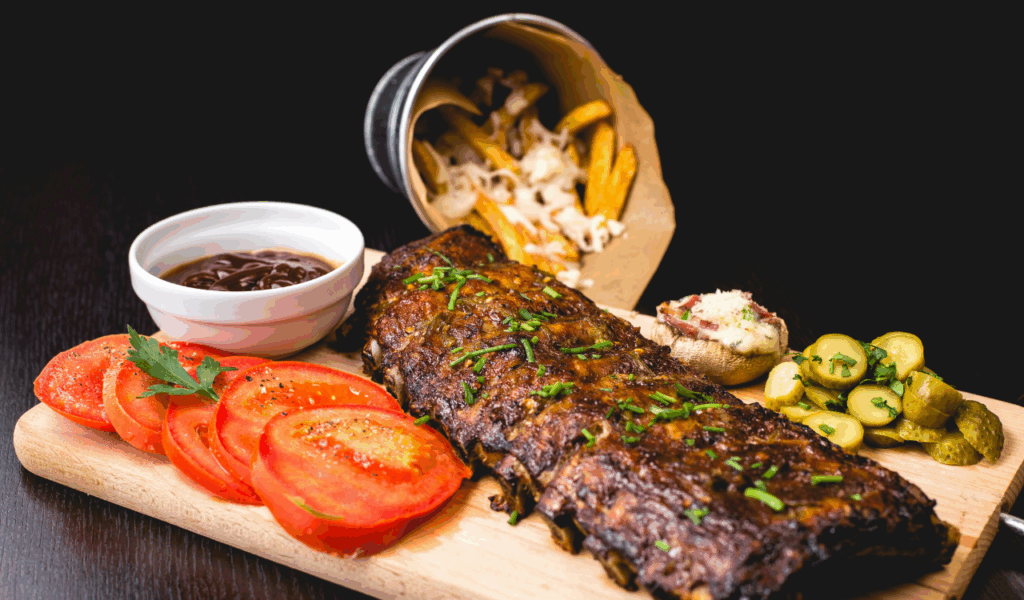
Kansas City-style barbecue sauce is thick, tomato-based, and quite sweet (think brown sugar and molasses). It also has a strong smoky flavor. The glaze on Kansas City-style ribs is sticky and sweet, and it sticks to the ribs well because they have a lot of fat and a big surface area. The glaze also caramelizes during the last few minutes of cooking, making a delicious crust and strong flavor. The sweetness balances out the meaty pork, and the tomato foundation gives it heft. You should serve slow-smoked spare ribs or baby back ribs with sauce brushed on in the last 10 to 15 minutes to keep the sugar from burning. This combination offers you a glossy sheen that looks great and a strong BBQ flavor.
2. Eastern North Carolina Vinegar Sauce & Whole Hog / Pork Shoulder
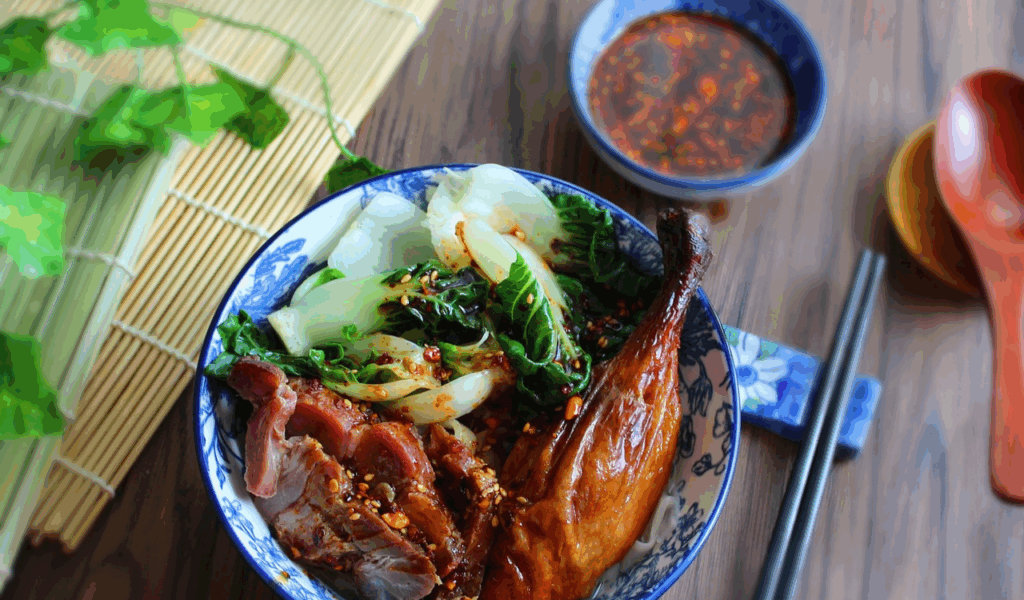
One of the earliest types of American barbecue sauce comes from the eastern portion of North Carolina. It has a thin base made of vinegar and red pepper flakes and very little or no sugar. The vinegar cuts through the fat, brightens the flavor, and lets the smoke and meat shine. This sharp acidity is perfect for rich, fatty cuts like whole-hog barbecue or pork butt/shoulder. The sauce is thin, so it may seep into the pulled meat instead than just sitting on top. Use that vinegar sauce for the best flavor match when you’re cooking a pork shoulder low and slow or whole hog style.
3. South Carolina Mustard (Carolina Gold) & Pulled Pork or Chicken

The mustard-based Carolina Gold barbecue sauce comes mostly from South Carolina, where German settlers added mustard to the barbecue sauce mix. The acidic mustard-vinegar mix goes great with smoked pig shoulder (pulled) or smoked chicken. The mustard’s slight sharpness and vinegar bite balance off the meat’s richness instead of just adding sweetness. The mustard sauce has become a hallmark because a lot of hog dishes in that area focus on pork instead than beef. When you have a pulled-pork sandwich or barbecue chicken thighs, use it to provide a sharp flavor that goes well with the meat.
4. Alabama White Sauce & Smoked Chicken Thighs/Wings
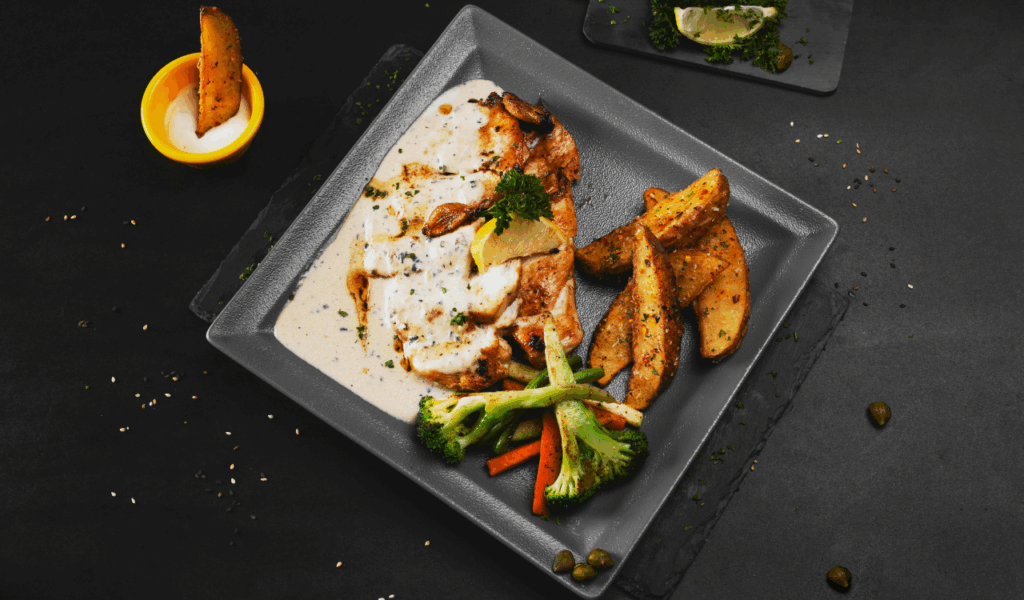
The Alabama white barbecue sauce is different since it is made with mayonnaise, vinegar or lemon, cracked black pepper, and sometimes horseradish. This sauce adds creaminess, acidity, and spice to chicken (particularly thighs or wings) without making it too strong. After the chicken is smoked or grilled, this sauce is fantastic for dipping or glazing. This white sauce is a unique and authentic way to cook chicken thighs or wings.
5. St. Louis Style Tomato-Vinegar Sauce & Pork Spare Ribs
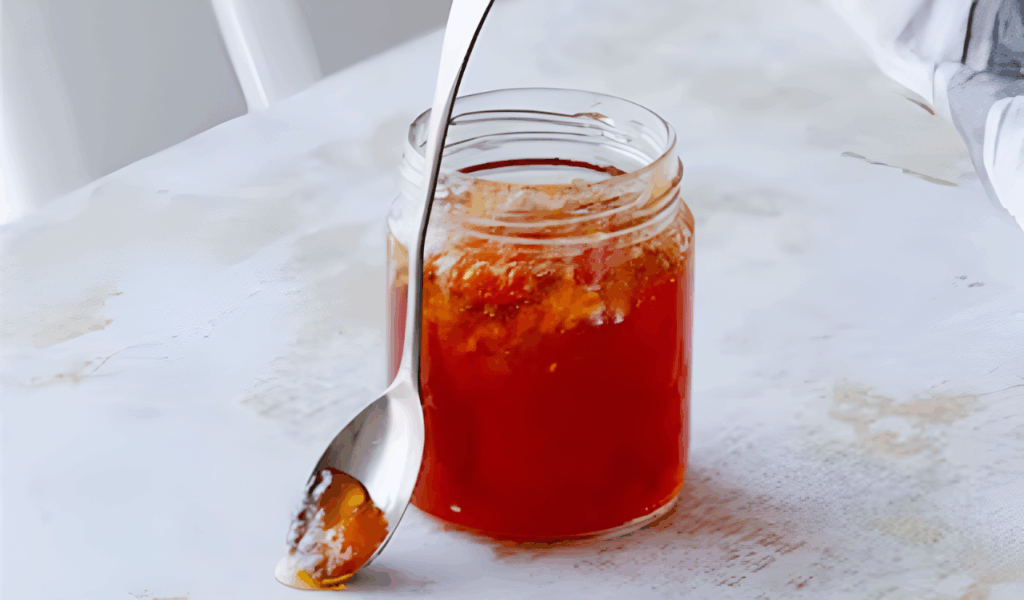
The barbecue sauce in St. Louis is usually tomato-based like Kansas City’s, but it’s thinner and has more vinegar, which gives it a sweet-and-sour flavor with less smokey depth. In St. Louis-style BBQ, pork spare ribs are the most common cut. This sauce works great with them since it is a little thinner and soaks up the fat and meat without making them too heavy. This sort of sauce goes well with spare ribs (instead of baby back ribs) or a rack with more meat.
6. Texas Style Thin Tomato-Broth & Beef Brisket
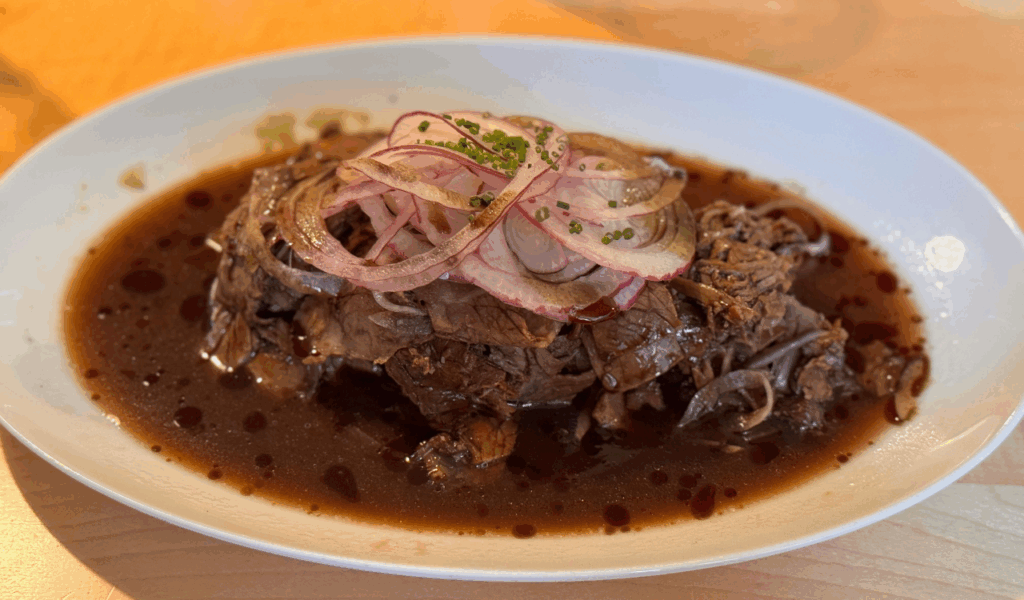
In Texas, especially Central and East Texas barbecue traditions, beef brisket is the meat of choice. The sauce is usually thinner and more savory, using beef broth, Worcestershire sauce, chili powder, and black pepper instead of excessive sweetness. This kind of sauce is perfect for smoked beef brisket (or smoked beef in general) because it brings out the beef’s inherent flavor and smoke, cuts through the richness, and lets the meat shine instead of covering it up with sweetness. Use a Texas-style sauce if you’re making brisket or even smoked beef ribs.
7. Sauce and pork shoulder sandwich from Western North Carolina (Lexington/Piedmont)
7. Western North Carolina (Lexington/Piedmont) Sauce & Pork Shoulder Sandwich
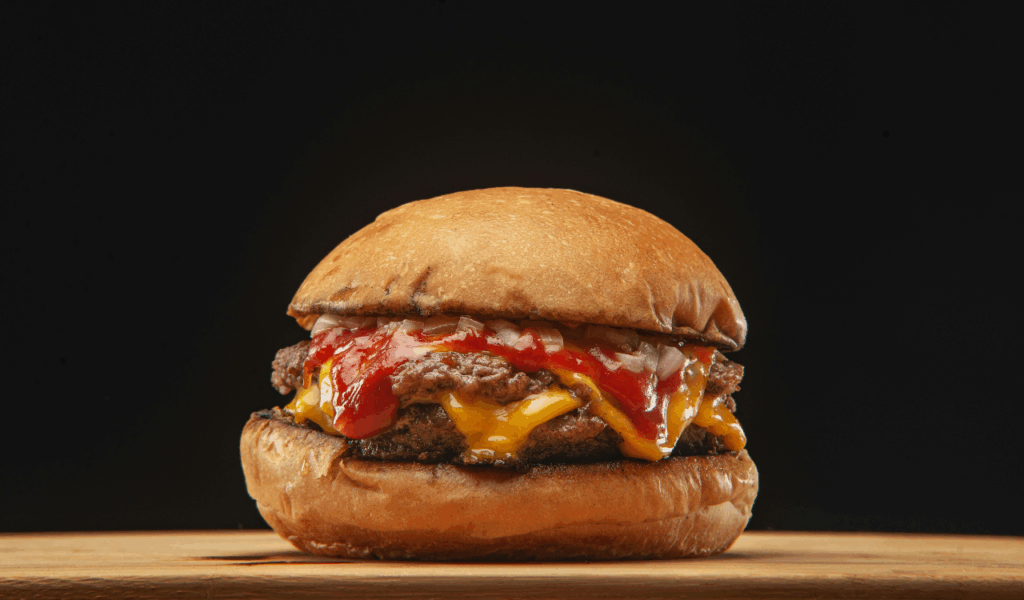
The “Lexington dip” or “Piedmont version” from western North Carolina mixes the vinegar base of eastern NC with ketchup or tomato and brown sugar to get a sauce that is thinner and has a sweet and sour taste. Instead of whole hog, the traditional meat cut in this area is pork shoulder (for the pork sandwich). You can use the sauce as a thin glaze or as a “dip” at the table. This sauce goes great with the slow-cooked, pulled-or-chopped pork shoulder and the bread-based sandwich tradition. It adds flavor without overpowering the meat or the bun.
8. Memphis Style Sweet Tomato Glaze & Dry-Rub Pork Ribs
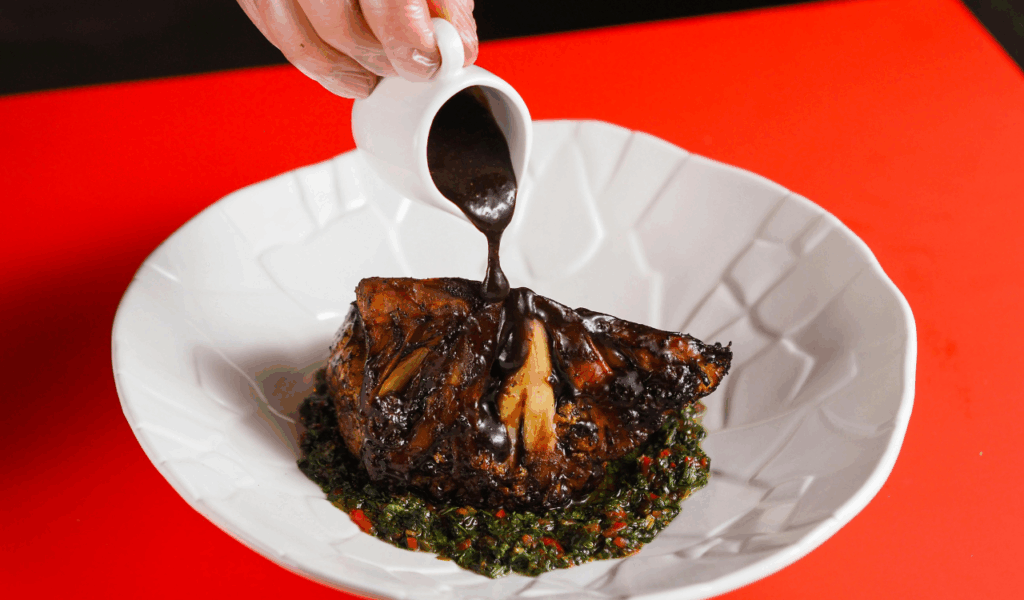
Pork ribs are the main dish of Memphis-style barbecue. They can be cooked “dry” (with spice rub) or “wet” (with sauce). The wet version has a sweet tomato-based sauce, although it’s usually not as thick as the one from Kansas City. The meat is spare ribs or baby backs, which are often smoked slowly to make bark and then sauced. If you’re making pork ribs with a dry rub and then a sweet glaze, Memphis sweet tomato sauce is the best choice. Use it near the end of cooking or as a finish to keep the bark’s crunch and the rub’s flavor.
9. Florida/Coastal Citrus-Spiced Vinegar Sauce & Smoked Fish or Pork
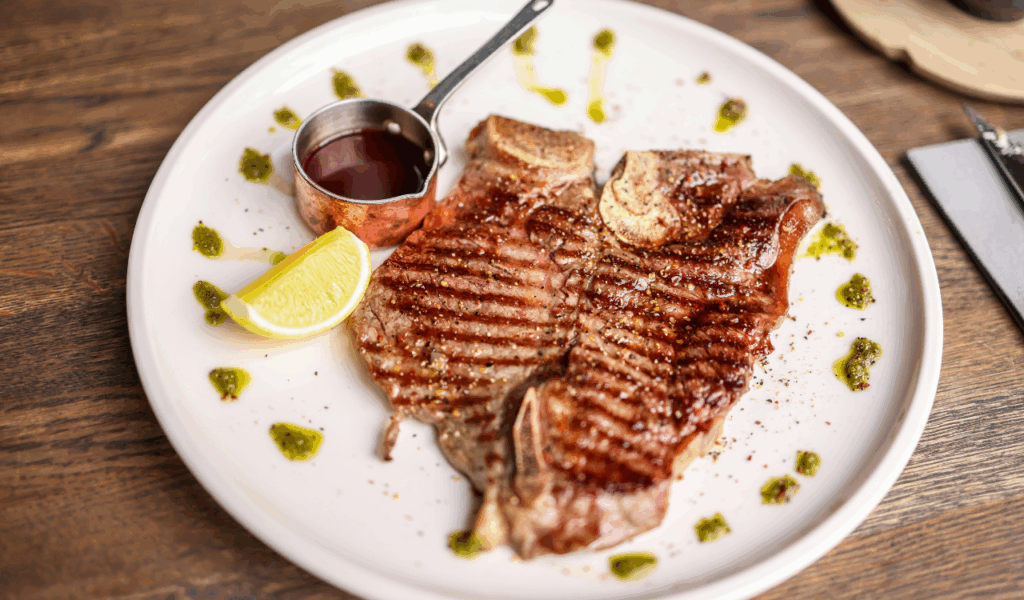
Florida’s barbecue history includes a sauce style that blends vinegar base with citrus (from Cuban/Caribbean influence) and some spice. It’s notably good on smoked mullet or pork in the area. The citrus-vinegar flavor cuts through the richness of fatty smoked fish or pig, and the sauce’s lighter texture doesn’t overpower the dish. This region’s sauce provides a fun twist on smoked fish (or light pork slices) if you want to try something new.





